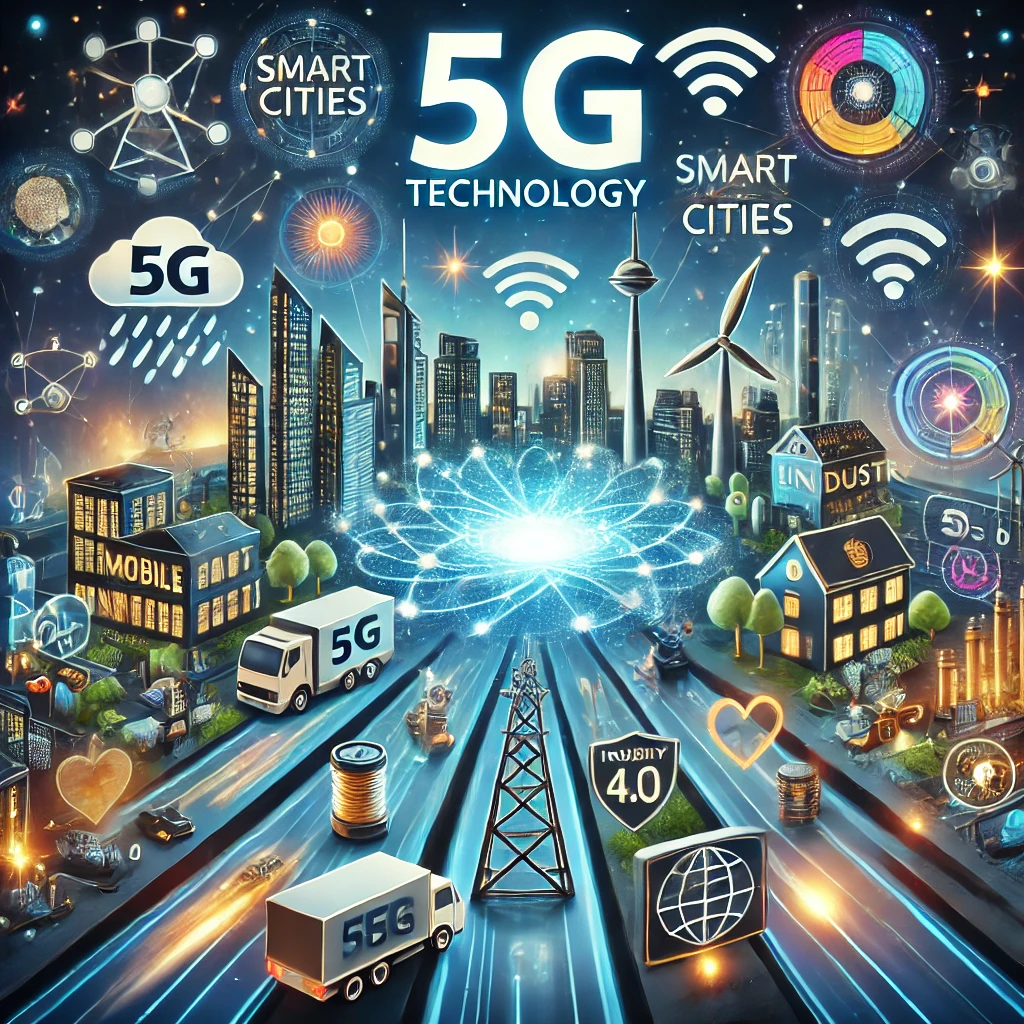"Breaking News: The Latest Innovations in Smartphones"
The cell phone industry is a dynamic, ever-evolving space that consistently surprises us with groundbreaking advancements. In recent years, cell phones have transformed from simple communication devices into indispensable tools for work, entertainment, and personal connectivity. The year 2025 is no exception, as the latest advancements in cell phones continue to redefine technology and enhance user experiences. This article delves into the most exciting developments in the cell phone world, offering insights into what’s shaping the future of mobile technology.
1. Revolutionary Display Technologies
One of the most prominent trends in 2025 is the continued evolution of display technology. Manufacturers are pushing the boundaries to create screens that are not only visually stunning but also highly functional.
Foldable and Rollable Displays
Foldable cell phones have gone mainstream, with companies like Samsung, Huawei, and Oppo leading the charge. These devices offer larger screen real estate without compromising portability. Rollable displays are the next frontier, allowing users to expand their phone screens with a simple swipe. LG’s rollable concept phone, for instance, promises to revolutionize multitasking and media consumption.
MicroLED Displays
MicroLED technology is making its way into premium cell phones, offering unparalleled brightness, energy efficiency, and color accuracy. Unlike OLED, MicroLED panels don’t suffer from burn-in, ensuring longevity and reliability.
Under-Display Cameras
To achieve truly bezel-less designs, under-display cameras have become a popular solution. This technology hides the camera beneath the screen, enabling a seamless viewing experience without compromising photo quality. Brands like Xiaomi and ZTE have already launched models with this innovation.
2. Artificial Intelligence at the Core
Artificial intelligence (AI) has become a cornerstone of cell phone functionality. From photography to voice assistance, AI is enhancing user experiences in countless ways.
AI-Driven Photography
Modern cell phones use AI to optimize camera settings, enhance image quality, and even suggest the best framing for shots. Computational photography enables features like night mode, portrait effects, and real-time video enhancements. Google’s Pixel series continues to set benchmarks in this area.
Personalized User Experiences
AI algorithms are now capable of learning user preferences to deliver a more personalized experience. For example, cell phones can predict app usage patterns, adjust settings automatically, and provide context-aware suggestions.
Voice Assistants and Natural Language Processing
Voice assistants like Siri, Google Assistant, and Alexa are becoming smarter and more intuitive. Improved natural language processing allows these assistants to understand and respond to complex queries, making them indispensable for everyday tasks.
3. Breakthroughs in Camera Technology
Cell phone cameras have seen remarkable improvements, rivaling professional equipment in some cases. Here are the latest innovations making waves:
Periscope and Telephoto Lenses
Advanced periscope lenses now offer up to 10x optical zoom, enabling detailed shots from a distance. Combined with AI-powered stabilization, these lenses are perfect for capturing stunning photos and videos.
100x and Beyond: Digital Zoom
Digital zoom capabilities have reached unprecedented levels, with some cell phones boasting up to 200x zoom. While practical use cases may be limited, the technology showcases the potential of cell phone cameras.
Cinematic Video Features
Cinematic modes are becoming a standard feature, allowing users to shoot videos with professional-grade effects like depth control and real-time color grading. Apple and Samsung have both introduced tools that emulate Hollywood-style videography.
4. Advancements in Battery Technology
Battery life remains a critical factor for cell phone users, and manufacturers are addressing this with innovative solutions.
Solid-State Batteries
Solid-state batteries promise higher energy density, faster charging, and improved safety compared to traditional lithium-ion batteries. While still in their early stages, some companies are working to integrate this technology into consumer devices.
Superfast Charging
Fast charging has become a key selling point, with some devices now offering 200W charging capabilities. This allows users to charge their phones in under 10 minutes, significantly reducing downtime.
Wireless Charging Innovations
Wireless charging has also seen upgrades, with faster speeds and greater efficiency. Technologies like over-the-air charging, which allows devices to charge without direct contact with a charging pad, are on the horizon.
5. Enhanced Connectivity with 5G and Beyond
The rollout of 5G networks has transformed the way we use cell phones, offering faster speeds and lower latency.
5G Expansion
5G coverage is now widespread, enabling seamless streaming, gaming, and remote work. Enhanced mobile broadband and ultra-reliable low-latency communication are opening new possibilities for users.
Wi-Fi 7 Compatibility
The next generation of Wi-Fi, Wi-Fi 7, is starting to appear in flagship cell phones. This technology provides even faster speeds and greater reliability, especially in crowded environments.
Integration with IoT Devices
Cell phones are becoming central hubs for Internet of Things (IoT) ecosystems. Advanced connectivity features allow seamless integration with smart home devices, wearables, and automotive systems.
6. Sustainability and Eco-Friendly Innovations
Environmental concerns are shaping cell phone manufacturing and design practices. Companies are making conscious efforts to reduce their ecological footprints.
Recycled Materials
Many manufacturers are using recycled materials in their devices, from aluminum frames to plastic components. For example, Apple has committed to using 100% recycled rare earth elements in its products.
Energy-Efficient Components
Energy-efficient processors and displays are reducing overall power consumption, extending battery life while minimizing environmental impact.
Longer Software Support
To combat electronic waste, companies are offering extended software support. This ensures devices remain functional and secure for longer periods, reducing the need for frequent upgrades.
7. Gaming and Entertainment Enhancements
Mobile gaming and entertainment have become major focus areas, driving innovations in hardware and software.
Dedicated Gaming Features
Gaming-centric cell phones like those from ASUS ROG and Lenovo Legion offer features like advanced cooling systems, high-refresh-rate displays, and customizable controls.
Augmented and Virtual Reality
AR and VR experiences are being enhanced by improved hardware and software support. Apple’s Vision Pro headset, for example, is designed to work seamlessly with iPhones, creating immersive gaming and productivity environments.
Spatial Audio
Spatial audio technology is bringing a new dimension to mobile entertainment, offering 3D soundscapes that enhance music, movies, and gaming experiences.
8. Security and Privacy Upgrades
With increasing concerns about data privacy, cell phone makers are implementing robust security measures.
On-Device AI Processing
Sensitive tasks like facial recognition and voice authentication are now handled entirely on-device, ensuring user data never leaves the phone.
Encrypted Communication
End-to-end encryption is becoming standard for messaging apps, ensuring secure communication.
Advanced Biometrics
Ultrasonic fingerprint sensors and advanced facial recognition systems are making cell phones more secure and convenient to use.
9. Customization and Modularity
Consumers are seeking greater control over their devices, leading to innovations in customization and modularity.
Modular Cell Phones
While still niche, modular cell phones like the Fairphone allow users to replace or upgrade components, extending device lifespans and reducing waste.
Flexible Interfaces
Operating systems are becoming more adaptable, with features like widget-based home screens and dynamic themes providing greater personalization.
Conclusion
The latest innovations in cell phones are reshaping the way we interact with technology and our surroundings. From foldable displays to AI-driven features, the possibilities seem limitless. As manufacturers continue to push the boundaries, one thing is certain: the cell phone will remain at the forefront of technological innovation for years to come.
Whether you’re a tech enthusiast or a casual user, these advancements promise to enhance your daily life in ways you might not have imagined. Stay tuned, as the world of cell phones is just getting started.










